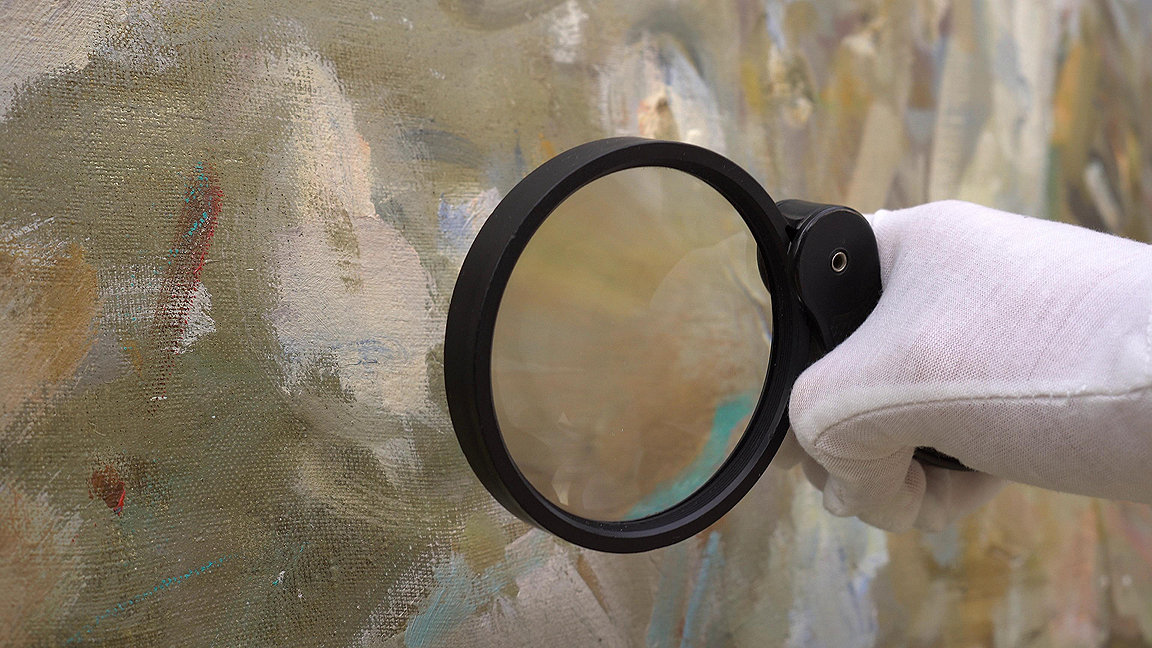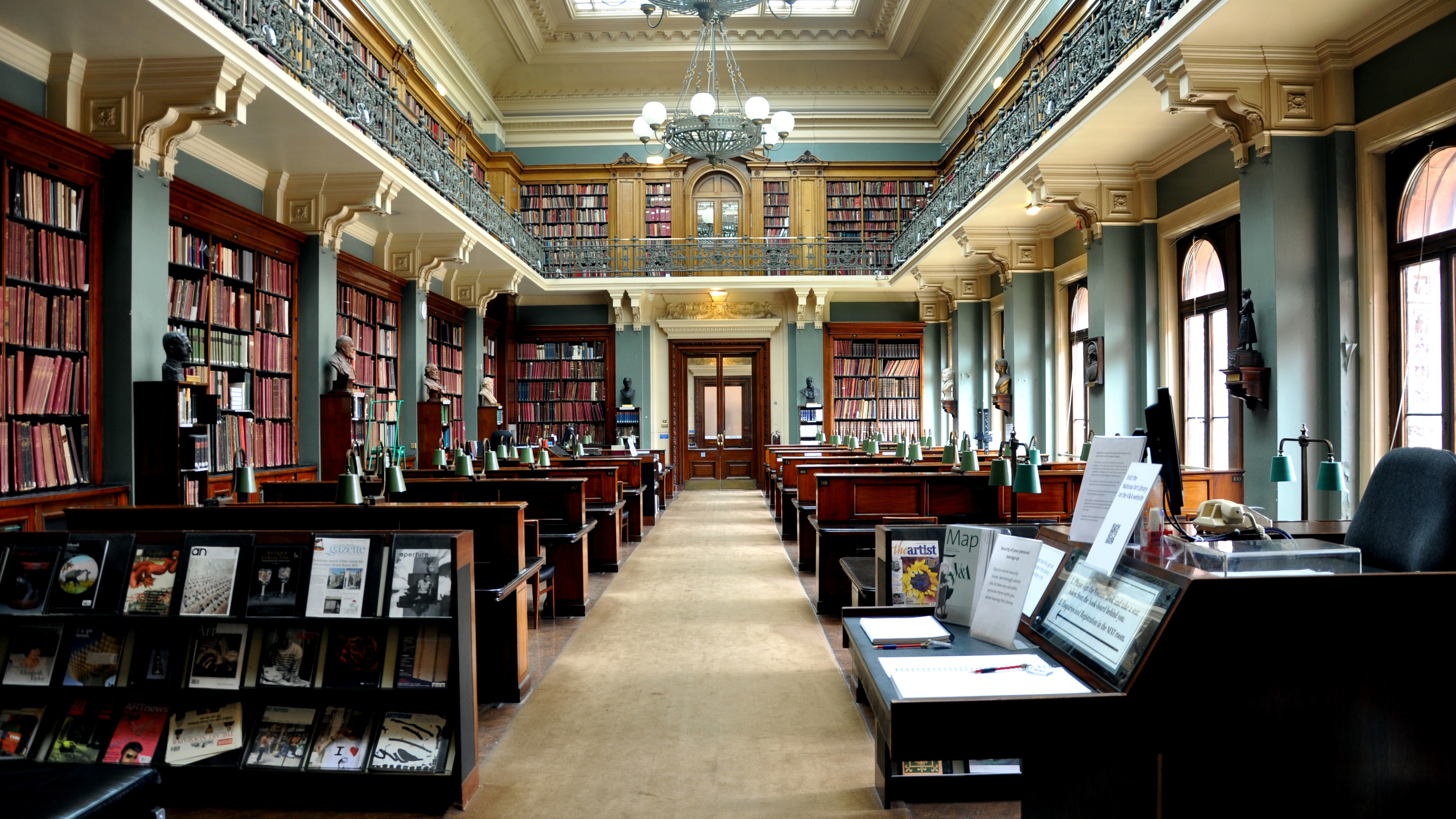
Provenance research is a topic and a phrase to which we constantly return. It can influence our understanding of an individual artwork. It can also shed light on clean title, authenticity, condition issues, or even current art-historical interpretations. The next topic up for discussion is the intricacies of how provenance can influence opinions of value.
It is important to note that, when it comes to works of art, a valuation specialist's opinion of value is exactly that – an opinion. But it is an opinion that can help owners when insuring their works, discussing potential sales, estate planning, using art as collateral, etc. In assigning an opinion of value, specialists analyse various factors including an artist's marketplace, condition, medium, rarity, and comparable artworks.
Valuation specialists are not authenticators and often base their opinions of value on the assumption that the evaluated works are authentic, have clean title, and their provenance histories are accurate. This means that the value assigned to an artwork neither authenticates nor establishes clean title. These valuation reports assume that clients have provided accurate authenticity and provenance information. So what happens if an opinion of value does not consider an accurate provenance?
Let's look at some of the pros and cons of how provenance can influence value:
Understanding authenticity
Proof of authenticity is vital to determine an artwork's performance on the art market. Such proof can comprise reputable catalogues raisonné, certificates of authenticity from market-recognised experts, and verifiable documentation tracing the ownership history, among others. Valuation specialists should take the time to review what a specific artist's market requires to justify salability as an authentic work. If an artwork is unable to meet these requirements, a valuation specialist should adjust their opinion of value accordingly.
For example, the markets of blue-chip artists, such as Amedeo Modigliani, remain plagued by fakes, forgeries and falsified documentation. Due to discrepancies in the history of Modigliani catalogues raisonné, the top-tier secondary market often demands that any works coming to the auction block be listed in an Ambrogio Ceroni catalogue raisonné or evaluated by market-respected experts, such as The Modigliani Project. Thus without the appropriate level of research to support authenticity, a work may not be considered authentic by the appropriate marketplace, regardless of previous valuation reports. As such, opinions of value should reflect the appropriate marketplace for the artwork and the provenance as presented.
Most appropriate market or marketplace
'The venue in which an appraiser determines that an object can be sold most easily and at the highest price. In the case of personal property, when comparables are scarce, it frequently references the most appropriate market, which can be a combination of auction and private gallery sales.'
Appraisers Association of America: Appraising Art: The Definitive Guide to Appraising Fine and Decorative Arts (2013), 435
Effects of Nazi-era provenance on value
There are a plethora of intricacies associated with analysing Nazi-era provenance histories that cannot be covered in a single article. However, in assessing its influence on opinions of value, let's explore cases with gaps in ownership and those with evidence of restitution.
Suspicious gaps in ownership relating to the Nazi era often span the period 1933–45 in Europe. While it is not always possible to fill the gaps, assessing the associated risk can impact opinions of value. For example, if an artwork is associated with looting suspicions, it may not be salable. As such, specialists should consider assigning significantly compromised opinions of value to reflect that the item being valued cannot be sold in its appropriate marketplace until clean title is verified.
Readily available restitution histories, on the other hand, offer security to collectors. A provenance that includes details of Nazi-era looting and subsequent restitution suggests a reduction in potential risk for buyers, as they will not have to worry about suspicious gaps in ownership from this period. Reduced risk combined with emotional tales of restitution often correlates with higher sale prices. As such, valuation specialists should seek to reflect these factors in their opinions of value.
Secondary market
'Refers to the marketplace in which a used object is bought and sold. Once an item is no longer available from the original source, it is considered a secondary market item. The term usually refers to the auction market and is in no way associated with the value or the condition of the object. The secondary market is the venue for the sale of an object, through an auction or a gallery, between a seller and a buyer, neither of whom has participated in the creation or initial sale of the object. In the instance of multiples, a valid secondary market cannot exist while the maker or his agent retains a supply of the original offering.'
Appraisers Association of America: Appraising Art: The Definitive Guide to Appraising Fine and Decorative Arts (2013), 438–439
Collectors covet celebrity provenance
Celebrity provenance implies that an objet d'art was owned by a celebrity, ranging from royalty and prestigious collectors to historical figures and pop-culture icons. The inclusion of such provenance can significantly augment an object's sale price beyond the average market for an artist's work as buyers covet owning a piece of celebrity history.
The 2016 auction of approximately 350 works from David Bowie's private collection illustrates the power of celebrity provenance on realised prices. During this three-part sale, 59 new records for individual artists were set in two days, with an overall sale total of £32.9m. One of the records set was for Frank Auerbach's market with the sale of Head of Gerda (1965). The painting came to the block with a pre-sale estimate of £300,000-£500,000 and realised £3,789,000. That is 658% above the high estimate. What explains such a large jump between the estimate and the realised price?
According to The Art Newspaper, 'Auerbach's Jewish parents sent him to Britain from Berlin as a child in 1931. They would later die in concentration camps. The only member of his family Auerbach would ever see again was Gerda. His portrait of her gave "spiritual weight" to Bowie's "angst", the musician told a reporter for The New York Times in 1998. "I want [my music] to sound like that looks."' The Art Newspaper further notes that 'Sotheby's deftly capitalised on Bowie's attachment to the painting in all the auction's promotional materials'. Ultimately, Head of Gerda fills an important role in the artist's life and oeuvre while also elucidating a connection to Bowie's musical inspiration – both are stories that collectors covet and sellers can market.
At the end of the day, understanding provenance can be a valuable tool for assessing artworks when looking to assign opinions of value. It can augment or diminish opinions of value. Whatever the outcome, accurately reflecting the impact of provenance in opinions of value ensures that clients can better assess their collections.
Aubrey Catrone is an owner and consultant at Proper Provenance, LLC
Contact Aubrey: Email
Related competencies include: Personal property, Valuation

